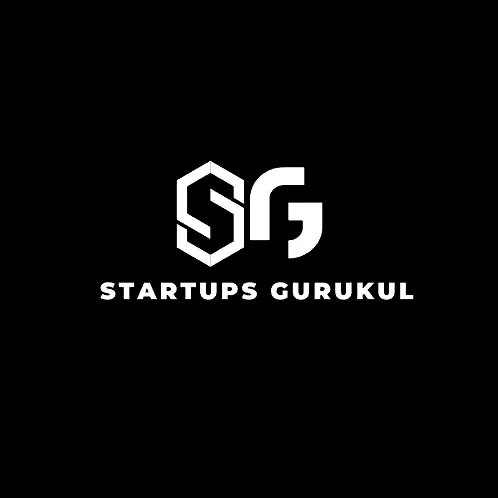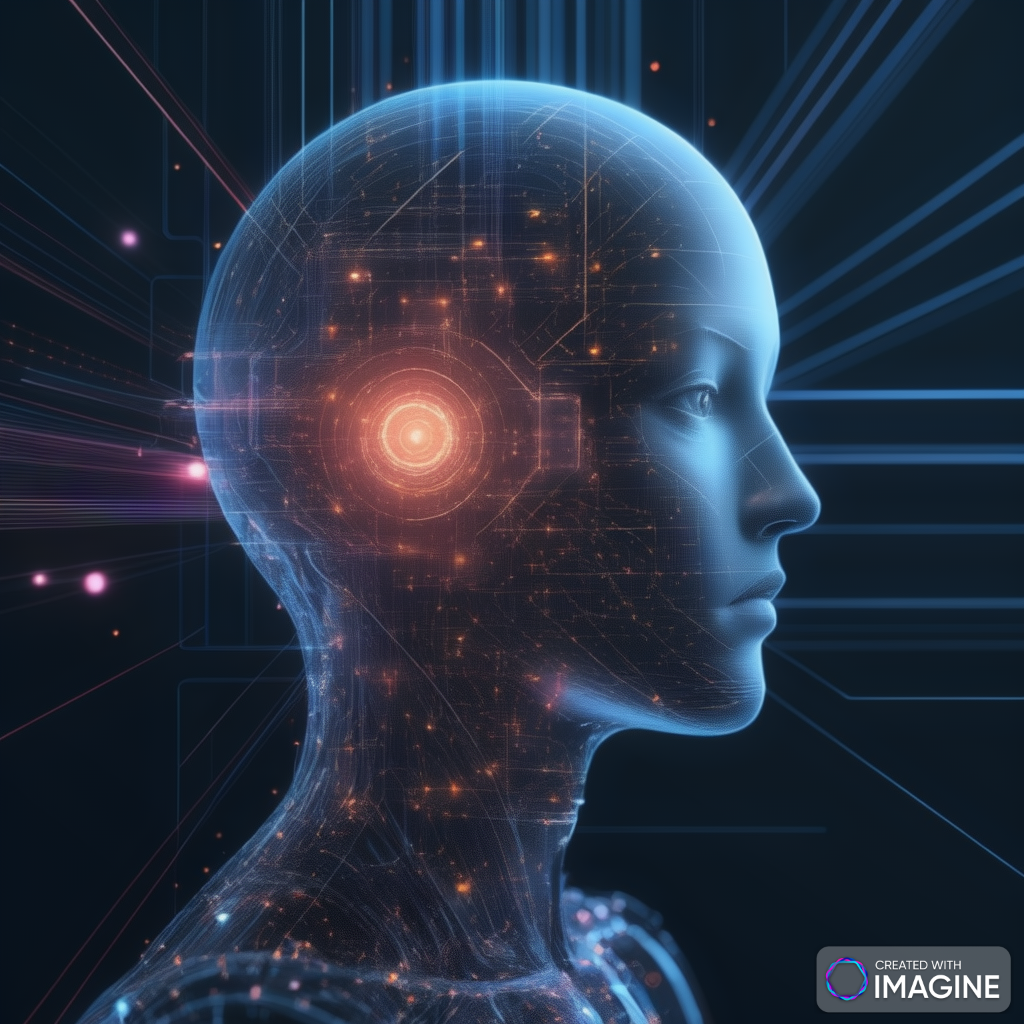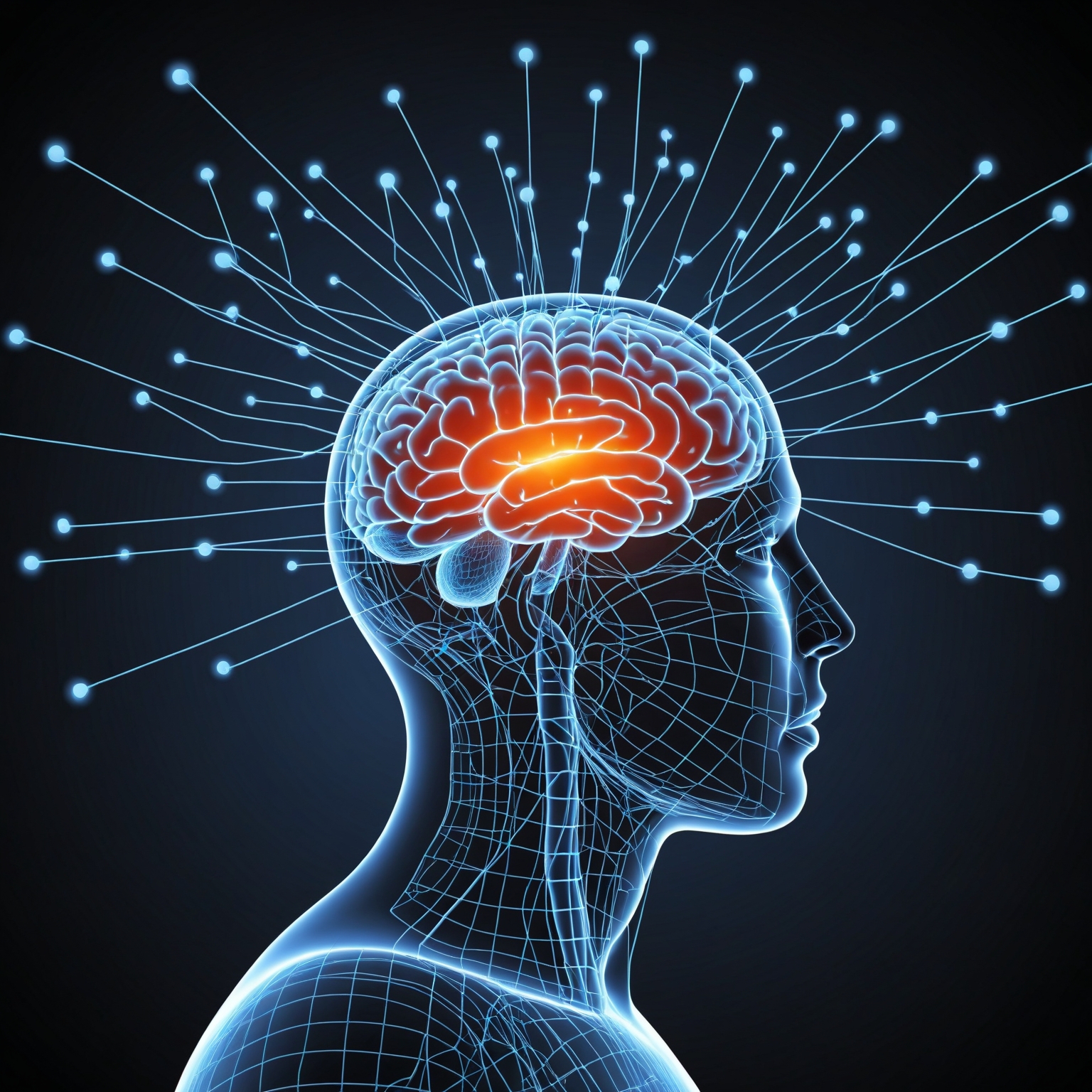In the realm of cutting-edge computing, there exists a powerful concept known as parallel processing. This revolutionary approach to computation has transformed the landscape of supercomputing and quantum computing, enabling scientists and researchers to tackle complex problems with unprecedented speed and efficiency. In this blog post, we delve deep into the world of parallel processing, exploring its origins, science, engineering, applications, and potential impact on our daily lives.
Understanding Parallel Processing:
At its core, parallel processing refers to the simultaneous execution of multiple tasks or computations. Unlike traditional sequential processing, where tasks are executed one after the other, parallel processing harnesses the power of concurrency, allowing tasks to be performed concurrently. This parallelism can take various forms, including data parallelism, task parallelism, and pipeline parallelism.
The Science and Research Behind Parallel Processing:
The roots of parallel processing can be traced back to various disciplines, including computer science, mathematics, and neuroscience. While the concept draws inspiration from the brain’s ability to process multiple tasks simultaneously, it is primarily rooted in mathematical and computational principles. Researchers have developed sophisticated algorithms and techniques to exploit parallelism efficiently, leveraging concepts such as divide and conquer, parallel loops, and message passing.
Origins and Evolution:
The concept of parallel processing has a rich history, dating back to the early days of computing. In the 1960s and 1970s, pioneers such as Gene Amdahl and Seymour Cray laid the groundwork for parallel computing with the development of parallel architectures and supercomputers. Over the decades, parallel processing has evolved rapidly, driven by advancements in hardware technology, software algorithms, and parallel programming models.
Engineering Parallel Systems:
Engineering parallel systems involves designing and implementing hardware and software components optimized for parallel execution. This includes specialized processors, memory architectures, interconnects, and parallel programming frameworks. Supercomputer manufacturers like Cray, IBM, and NVIDIA have invested heavily in developing parallel architectures tailored for high-performance computing tasks.
Applications and Use Cases:
Parallel processing finds applications across a wide range of domains, including scientific simulations, weather forecasting, financial modeling, and artificial intelligence. In supercomputing, parallelism enables researchers to tackle grand challenges in physics, biology, and engineering, such as climate modeling, drug discovery, and nuclear fusion. In quantum computing, parallelism is a fundamental aspect of quantum algorithms, allowing for exponential speedup in certain computations.
Leveraging Parallelism in Daily Life:
While parallel processing may seem esoteric, its principles can be applied in everyday life to improve productivity and efficiency. For example, multitasking on a computer or smartphone involves parallel execution of multiple tasks, such as browsing the web, streaming video, and checking email. By understanding parallelism, individuals can optimize their workflow and leverage technology more effectively.
Industry Adoption:
Leading technology companies like Google, Amazon, and Microsoft are investing heavily in parallel computing to drive innovation in cloud computing, big data analytics, and machine learning. These companies leverage parallel processing to deliver scalable and efficient services to millions of users worldwide. Additionally, startups and research institutions are pushing the boundaries of parallel computing in areas such as quantum computing, neuromorphic computing, and exascale computing.
it is indeed possible and common to combine AI/ML (Artificial Intelligence/Machine Learning) techniques with parallel processing. Parallel processing can greatly enhance the performance and scalability of AI algorithms, enabling faster training and inference times, handling larger datasets, and tackling more complex problems.
Leveraging Parallel Processing in AI/ML:
- Training Neural Networks: Deep learning, a subset of AI, often involves training large neural networks on massive datasets. Parallel processing techniques, such as distributed computing and GPU acceleration, can significantly speed up the training process by distributing computations across multiple processors or devices.
- Parallel Inference: Once a neural network is trained, it can be deployed for real-time inference tasks, such as image recognition or natural language processing. Parallel processing enables efficient execution of inference tasks by running multiple computations simultaneously, thus reducing latency and improving throughput.
- Distributed Computing: In scenarios where datasets are too large to fit into memory on a single machine, parallel processing allows for distributed storage and computation across multiple nodes in a cluster. This approach facilitates scalable AI/ML workflows, enabling researchers to analyze and extract insights from massive datasets.
Use Case: Image Recognition with Parallel Processing:
Consider a scenario where a company needs to develop an image recognition system capable of accurately identifying objects in real-time. By leveraging parallel processing techniques such as GPU acceleration and distributed computing, researchers can train deep neural networks on vast image datasets efficiently. Once trained, the deployed model can perform parallel inference on incoming images, leveraging the power of parallelism to process multiple images simultaneously and deliver rapid and accurate results.
Correlation Between Parallel Processing and Quantum Mechanics:
While there is no direct correlation between classical parallel processing and quantum mechanics, quantum computing introduces a fundamentally different approach to parallelism through concepts such as superposition and entanglement.
- Superposition: In quantum computing, a qubit (quantum bit) can exist in a superposition of multiple states simultaneously, allowing quantum algorithms to explore multiple computational paths in parallel. This inherent parallelism offers the potential for exponential speedup in certain computations compared to classical parallel processing.
- Entanglement: Quantum entanglement enables qubits to be correlated in such a way that the state of one qubit depends on the state of another, even when they are physically separated. This entanglement can be harnessed to perform parallel computations across entangled qubits, leading to novel parallel processing capabilities not achievable with classical computing.
Combining Quantum Mechanics and Parallel Processing:
By combining quantum mechanics concepts with parallel processing techniques, researchers aim to harness the full power of quantum computing for solving complex problems in AI/ML and other domains. Potential use cases include:
- Quantum Machine Learning: Quantum algorithms leveraging parallelism and entanglement can potentially outperform classical AI/ML algorithms in certain tasks, such as optimization, pattern recognition, and data clustering.
- Quantum-Assisted Optimization: Parallel processing in quantum computing can be applied to optimize AI models, hyperparameters, and training procedures, leading to more efficient and effective machine learning workflows.
- Quantum-Inspired Neural Networks: Researchers are exploring the design of neural networks inspired by principles of quantum mechanics, such as quantum neural networks, which exploit parallelism and entanglement for enhanced computational capabilities.
In summary, while classical parallel processing and quantum mechanics operate on different principles, there is ongoing research into combining these concepts to unlock new frontiers in AI/ML and computing in general. By harnessing parallelism at both the classical and quantum levels, researchers aim to revolutionize the way we approach complex computational tasks and accelerate progress in artificial intelligence and beyond.
Let’s delve deeper into the intersection of parallel processing with AI/ML and quantum mechanics:
Parallel Processing in AI/ML:
- Model Ensemble Learning: Ensemble learning techniques, such as random forests and gradient boosting, involve training multiple models and combining their predictions to improve accuracy and generalization. Parallel processing enables simultaneous training of individual models, leading to faster convergence and more robust ensembles.
- Hyperparameter Optimization: Tuning hyperparameters is crucial for optimizing the performance of machine learning models. Parallel processing techniques, such as grid search and Bayesian optimization, allow for parallel evaluation of different hyperparameter configurations, accelerating the search for optimal settings.
- Data Preprocessing and Augmentation: Before training AI models, data preprocessing and augmentation are often performed to enhance the quality and diversity of training data. Parallel processing can expedite these tasks by distributing data transformations and augmentations across multiple processors or nodes, reducing preprocessing time.
Quantum Mechanics Concepts and Parallel Processing:
- Quantum Annealing for Optimization: Quantum annealing leverages concepts from quantum mechanics, such as superposition and tunneling, to solve optimization problems. By encoding optimization objectives into the energy landscape of quantum systems, parallel processing can explore multiple candidate solutions simultaneously, potentially outperforming classical optimization algorithms.
- Quantum Parallelism in Search Algorithms: Quantum search algorithms, such as Grover’s algorithm, exploit quantum
 to search unsorted databases more efficiently than classical algorithms. Parallel processing at the quantum level enables simultaneous evaluation of multiple search states, leading to quadratic speedup in search time compared to classical approaches.
to search unsorted databases more efficiently than classical algorithms. Parallel processing at the quantum level enables simultaneous evaluation of multiple search states, leading to quadratic speedup in search time compared to classical approaches. - Quantum Circuit Parallelism: In quantum computing, quantum circuits represent sequences of quantum operations performed on qubits. Parallel processing techniques can be applied to execute multiple quantum gates simultaneously, harnessing the inherent parallelism of quantum circuits to accelerate quantum computations.
Use Case: Quantum-Assisted Machine Learning:
- Quantum Data Encoding: Quantum computing allows for the encoding of classical data into quantum states, leveraging superposition and entanglement to represent and process information in novel ways. Quantum-assisted machine learning frameworks aim to exploit this capability to perform data encoding and feature mapping more efficiently than classical methods.
- Quantum Dimensionality Reduction: Dimensionality reduction techniques, such as principal component analysis (PCA) and t-distributed stochastic neighbor embedding (t-SNE), play a crucial role in preprocessing high-dimensional data for machine learning tasks. Quantum algorithms for dimensionality reduction aim to leverage quantum parallelism to expedite the process of identifying low-dimensional representations of complex datasets.
- Quantum Kernel Methods: Kernel methods, such as support vector machines (SVM) and kernel ridge regression, are widely used in machine learning for nonlinear classification and regression tasks. Quantum kernel methods seek to enhance the performance of classical kernel algorithms by leveraging quantum parallelism to compute kernel matrices more efficiently, enabling faster training and inference.
Conclusion:
By combining parallel processing with AI/ML techniques and leveraging concepts from quantum mechanics, researchers are pushing the boundaries of computational capabilities and paving the way for groundbreaking innovations in artificial intelligence, quantum computing, and beyond. From speeding up training and inference in classical machine learning to unlocking exponential speedup in quantum algorithms, parallelism plays a central role in shaping the future of computing and driving transformative advancements in science and technology.
Let’s further explore the integration of parallel processing with AI/ML and quantum mechanics:
Parallel Processing in AI/ML:
- Transfer Learning and Fine-Tuning: Transfer learning involves leveraging pre-trained models and fine-tuning them on domain-specific tasks. Parallel processing accelerates the fine-tuning process by distributing computations across multiple processing units, enabling rapid adaptation of pre-trained models to new datasets and tasks.
- Online Learning and Real-time Analytics: In scenarios where data streams continuously, such as in online advertising or financial trading, parallel processing facilitates real-time analytics and adaptive learning. Multiple parallel streams of data can be processed concurrently, allowing AI models to adapt dynamically to changing environments and make timely decisions.
- Federated Learning: Federated learning enables training AI models across distributed edge devices without centralized data aggregation. Parallel processing techniques are essential for orchestrating federated learning workflows, coordinating model updates across devices, and aggregating gradients efficiently while preserving data privacy and security.
Quantum Mechanics Concepts and Parallel Processing:
- Quantum Error Correction and Fault Tolerance: Quantum error correction protocols mitigate the effects of noise and errors in quantum computations, enabling reliable and fault-tolerant quantum processing. Parallel processing techniques are employed to implement error correction codes and syndromes, distributing error correction computations across qubits or quantum registers.
- Quantum Parallelism in Optimization Landscapes: Quantum optimization algorithms, such as the Quantum Approximate Optimization Algorithm (QAOA), leverage quantum parallelism to explore optimization landscapes efficiently. By performing parallel evaluations of candidate solutions, quantum processors can navigate complex energy landscapes and find near-optimal solutions to combinatorial optimization problems.
- Entanglement-Assisted Machine Learning: Entanglement, a hallmark feature of quantum mechanics, enables correlations between quantum systems that transcend classical correlations. In entanglement-assisted machine learning, quantum states are manipulated to encode complex data structures and correlations, enhancing the expressive power of AI models and enabling novel learning paradigms.
Use Case: Quantum-Assisted Drug Discovery:
- Molecular Structure Prediction: Quantum computers excel at simulating the behavior of quantum systems, making them well-suited for modeling molecular structures and interactions. Parallel processing techniques in quantum computing enable the simultaneous exploration of multiple molecular configurations, accelerating the prediction of molecular properties and aiding in drug discovery efforts.
- Quantum Chemical Simulations: Quantum chemistry involves solving the Schrödinger equation to predict molecular properties and reaction dynamics. Quantum processors leverage parallelism to simulate chemical systems with unprecedented accuracy and scale, enabling the discovery of new materials, catalysts, and pharmaceutical compounds.
- Drug Design and Optimization: Quantum-assisted machine learning algorithms can analyze vast chemical datasets and optimize drug candidate properties more efficiently than classical methods. By combining parallel processing with quantum mechanics principles, researchers can expedite the process of drug design, screening, and optimization, leading to faster development of lifesaving medications.
Conclusion:
The fusion of parallel processing with AI/ML techniques and quantum mechanics represents a frontier of innovation with profound implications for science, technology, and society. From accelerating AI workflows and enabling real-time analytics to unlocking the potential of quantum computing for drug discovery and materials science, parallelism serves as a catalyst for transformative advancements across diverse domains. As researchers continue to explore the synergies between parallel processing and quantum mechanics, the possibilities for groundbreaking discoveries and applications are limitless.
Parallel processing stands as a cornerstone of modern computing, enabling breakthroughs in supercomputing, quantum computing, and beyond. By harnessing the power of concurrency, researchers and engineers are pushing the boundaries of what is possible, unlocking new frontiers in science, technology, and society. As parallel processing continues to evolve, its impact will be felt across all aspects of human endeavor, driving innovation, discovery, and progress.
In summary, parallel processing represents a paradigm shift in computing, offering unparalleled opportunities for exploration and discovery. Whether in supercomputers, quantum computers, or everyday devices, the principles of parallelism are shaping the future of technology and transforming the way we live, work, and interact with the world.







